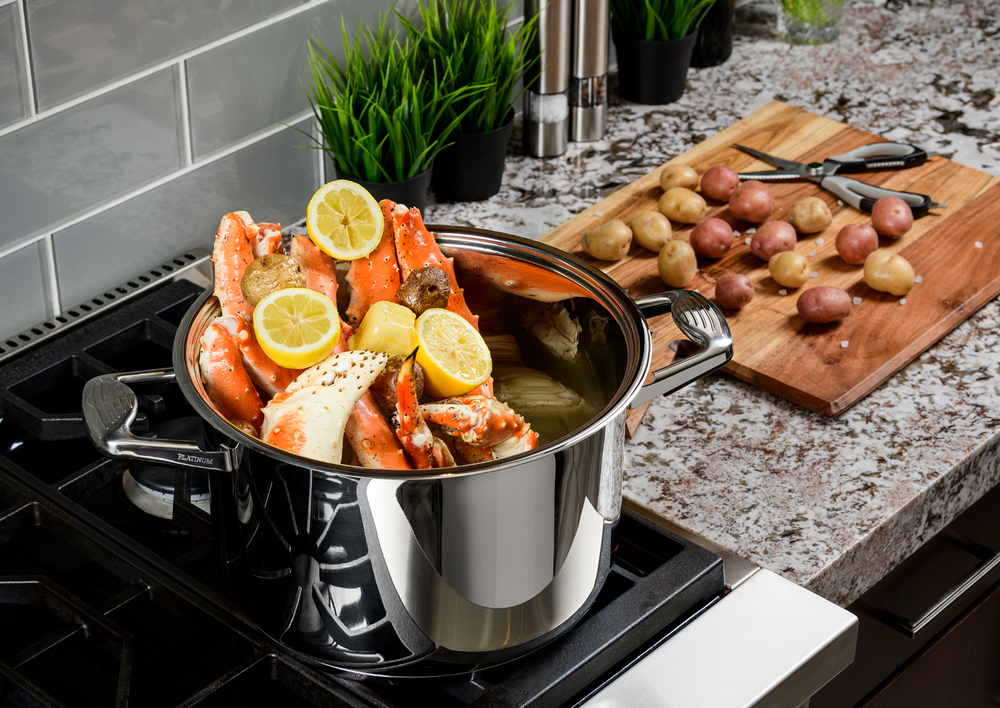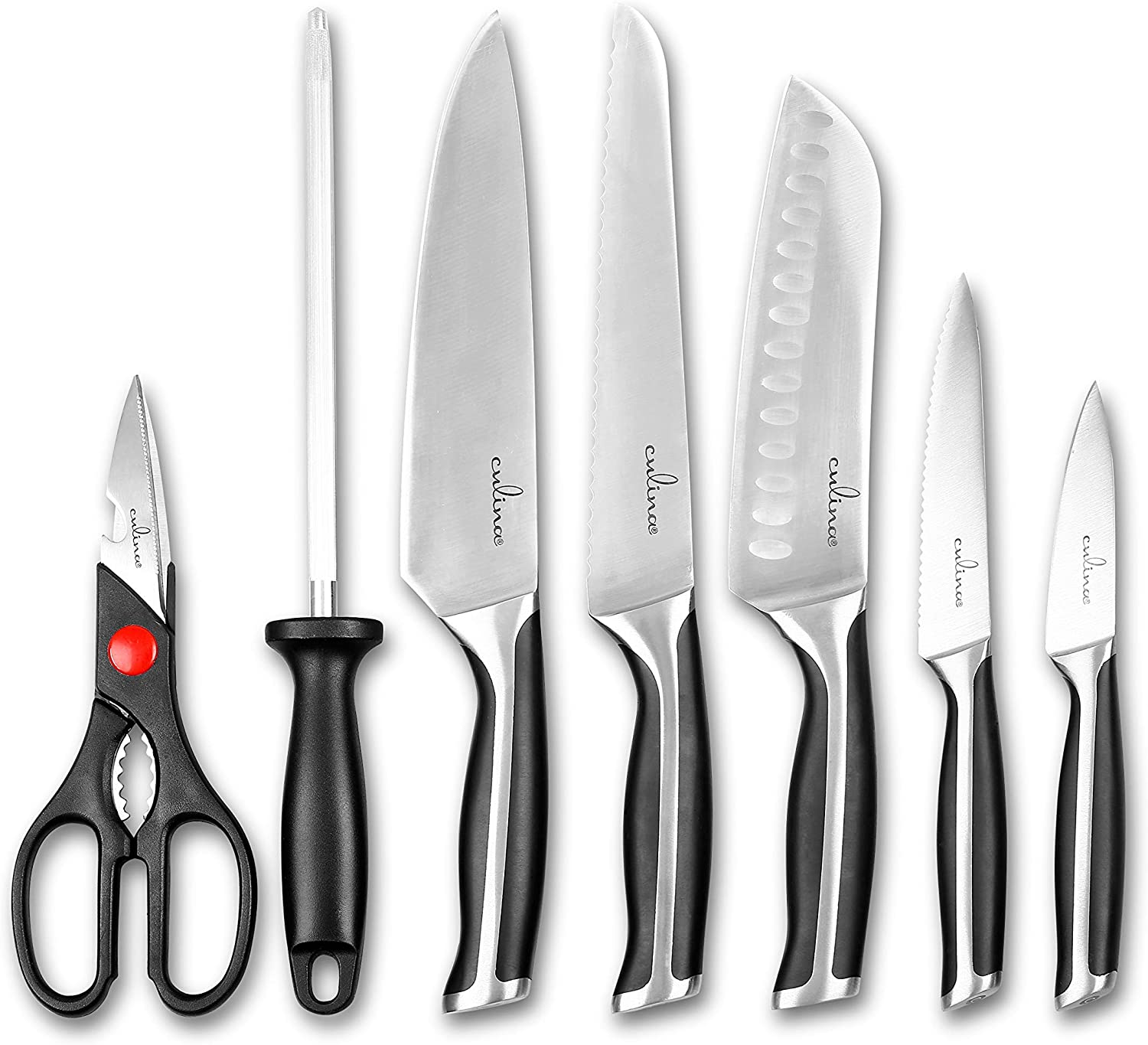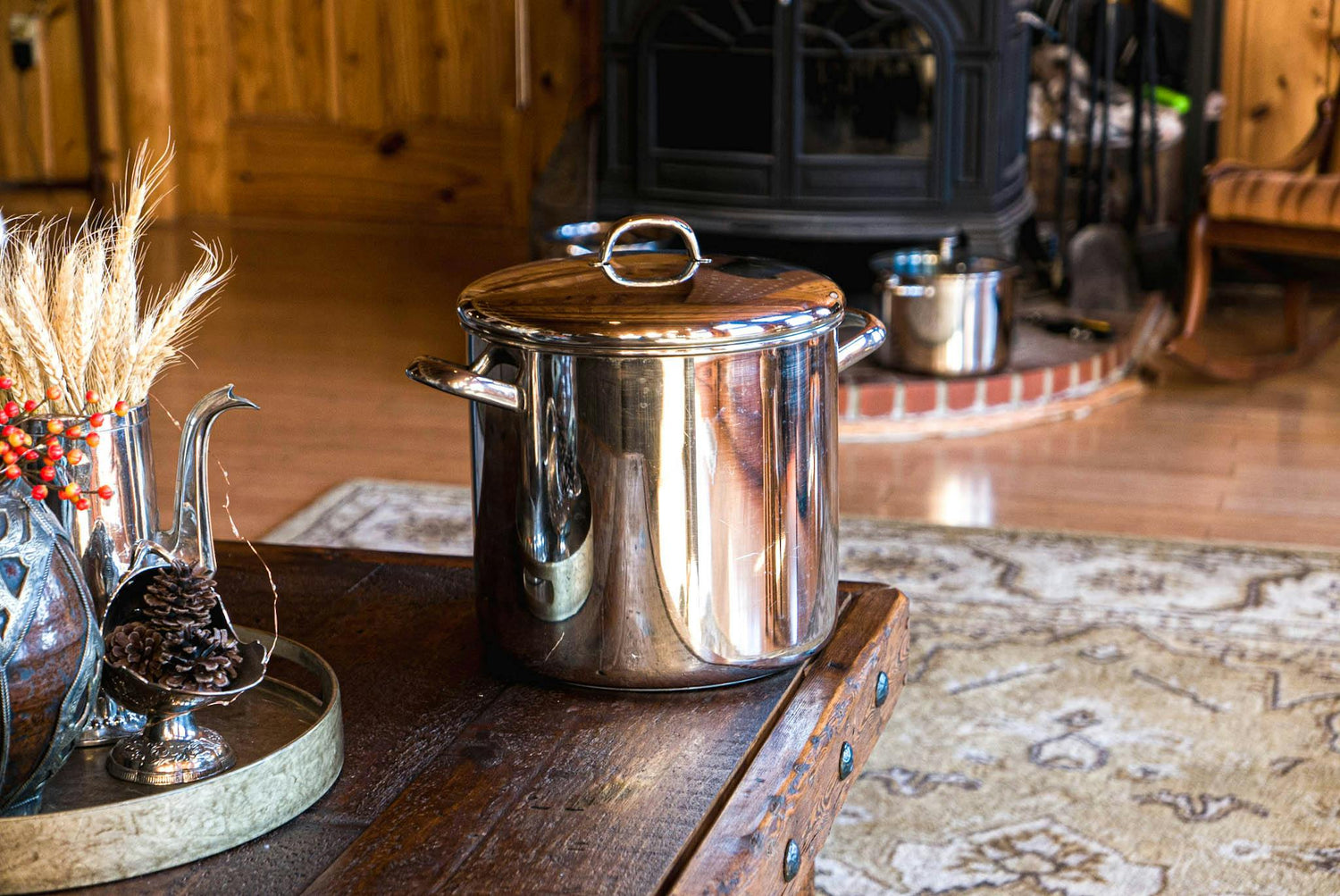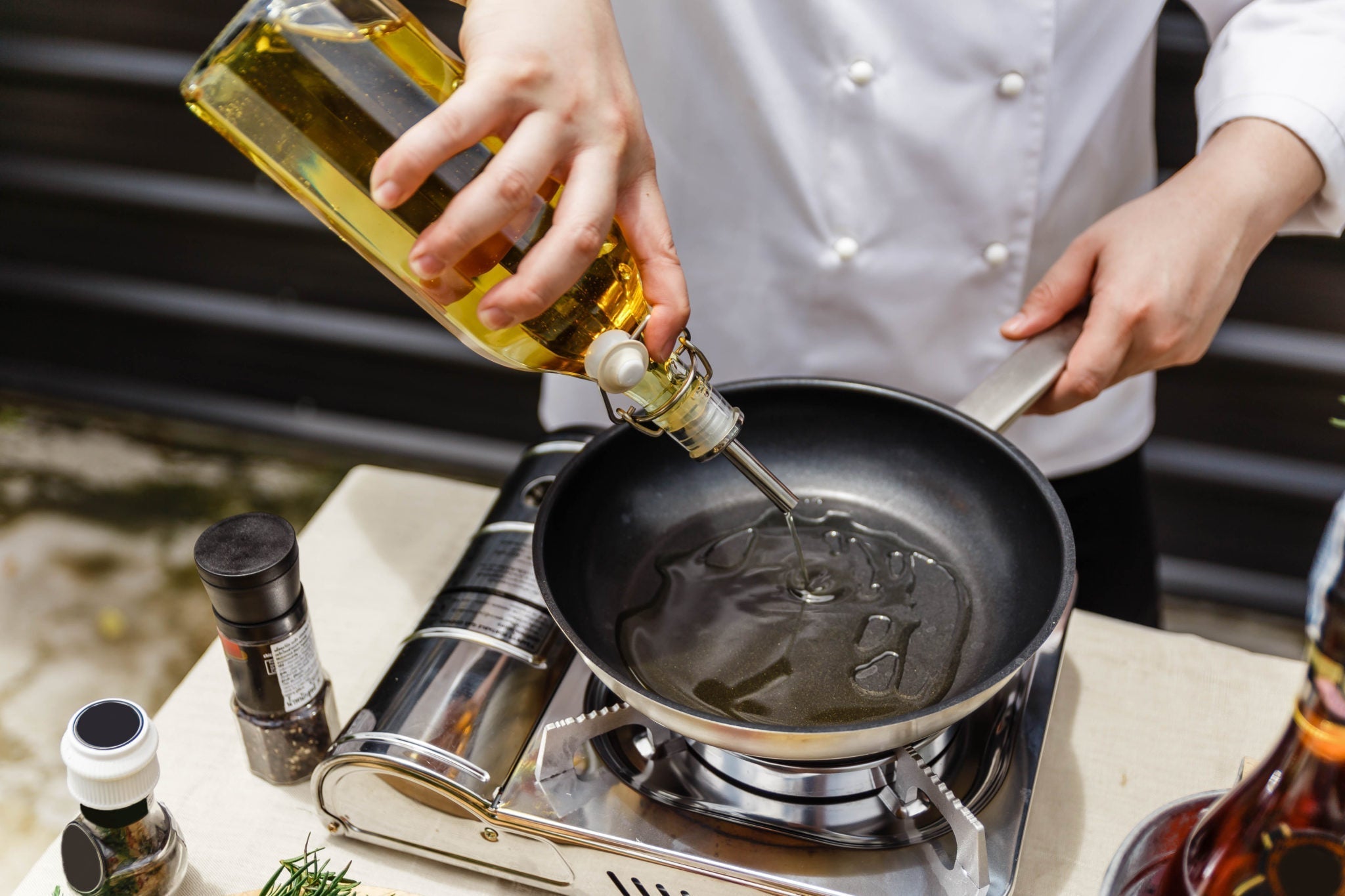The kitchen is the heart of every restaurant, and having the right tools can make all the difference in the quality of the dishes prepared. One such indispensable tool is the stock pot. But what exactly is a stock pot used for? This article will delve deep into the many uses of stock pots, their features, and why every kitchen professional should invest in this versatile cooking vessel.
At its core, a stock pot is designed for making stocks, soups, and broths. However, its utility extends far beyond just these tasks. In this guide, we will cover various aspects of stock pots, including their construction, size variations, and how they can enhance your culinary capabilities.

Understanding the Stock Pot
A stock pot is a large, deep cooking pot that is often used in both residential and commercial kitchens. Their tall sides and wide base allow for maximum liquid capacity, making them perfect for simmering large quantities.
Typically made from materials like stainless steel, aluminum, or enameled cast iron, stock pots are designed to conduct heat evenly and withstand prolonged cooking times. Knowing how to use a stock pot to its full potential can elevate your cooking experience immensely.

Primary Uses of a Stock Pot
1. Making Stocks, Broths, and Soups
The most common use of a stock pot is for making various types of stocks and broths. Using bones, aromatic vegetables, and herbs, a stock pot can create rich flavors essential for soups and sauces. The deep structure of a stock pot allows for easy simmering, providing ample space for the ingredients to break down and release their flavors.
2. Cooking Pasta
In addition to stocks, stock pots are also excellent for boiling large quantities of pasta. Their capacity ensures that the pasta can move freely, preventing it from sticking together during cooking.
3. Prepare Large Batches of Food
When preparing meals for groups, the stock pots ample size allows chefs to cook large portions at once. This is particularly beneficial for catering and meal prep services, where efficiency is crucial.
4. Steaming and Blanching
Stock pots are versatile enough to be used for steaming vegetables or blanching. When paired with a steam basket, a stock pot can effectively steam food evenly while retaining flavors and nutrients.

Types of Stock Pots
When choosing a stock pot for your kitchen, its essential to consider the different types available. Here are some popular types:
- Stainless Steel Stock Pots: These pots are durable, non-reactive, and excellent for everyday use.
- Nonstick Stock Pots: Ideal for easy cleaning, nonstick pots reduce the likelihood of food sticking but may not be suitable for high-heat cooking.
- Cast Iron Stock Pots: These pots offer excellent heat retention and are perfect for slow-cooking soups and stews.
- Aluminum Stock Pots: Lightweight and conductive, they heat up quickly but can react with acidic ingredients.

Choosing the Right Stock Pot
When selecting a stock pot, consider the size and material that best suits your kitchens needs. Stock pots typically range from 6 quarts to 20 quarts or more, depending on your cooking volume.
It's essential to also consider the material. Stainless steel is recommended for its durability, while heavy-duty aluminum is perfect for high-volume usage.
Maintenance of Stock Pots
To ensure your stock pot lasts for years, proper maintenance is key. Always follow the manufacturer's instructions for cleaning. Most stock pots are dishwasher safe, although hand washing is recommended for longevity.
Do not use metal utensils with nonstick stock pots, as they can scratch the surface. Be mindful of the heat levels; using high heat with nonstick or thin materials can lead to warping.
Conclusion
Understanding what a stock pot is used for is crucial for any kitchen professional. The versatility and efficiency of stock pots make them a must-have item in your cooking arsenal. Whether you are brewing a hearty stock for a savory soup or preparing pasta for a large gathering, a stock pot can facilitate a range of cooking tasks.
Investing in a quality stock pot is always advisable, considering the frequency and type of dishes you prepare. With the right pot, the process of creating delectable meals becomes streamlined and enjoyable.
FAQs
1. Can I use a stock pot on an induction cooktop?
Yes, but make sure your stock pot is compatible with induction cooktops. Look for pots with a flat base made from magnetic materials.
2. What materials are best for stock pots?
Stainless steel is generally considered the best material for its durability and non-reactive nature. Cast iron is also a great choice for slow-cooking tasks.
3. How do I prevent my stock from becoming cloudy?
To prevent cloudiness, be sure to bring your stock to a gentle simmer instead of a rolling boil, and strain it consistently throughout the cooking process.
As an Amazon Associate, I earn from qualifying purchases.






Leave a comment
This site is protected by hCaptcha and the hCaptcha Privacy Policy and Terms of Service apply.